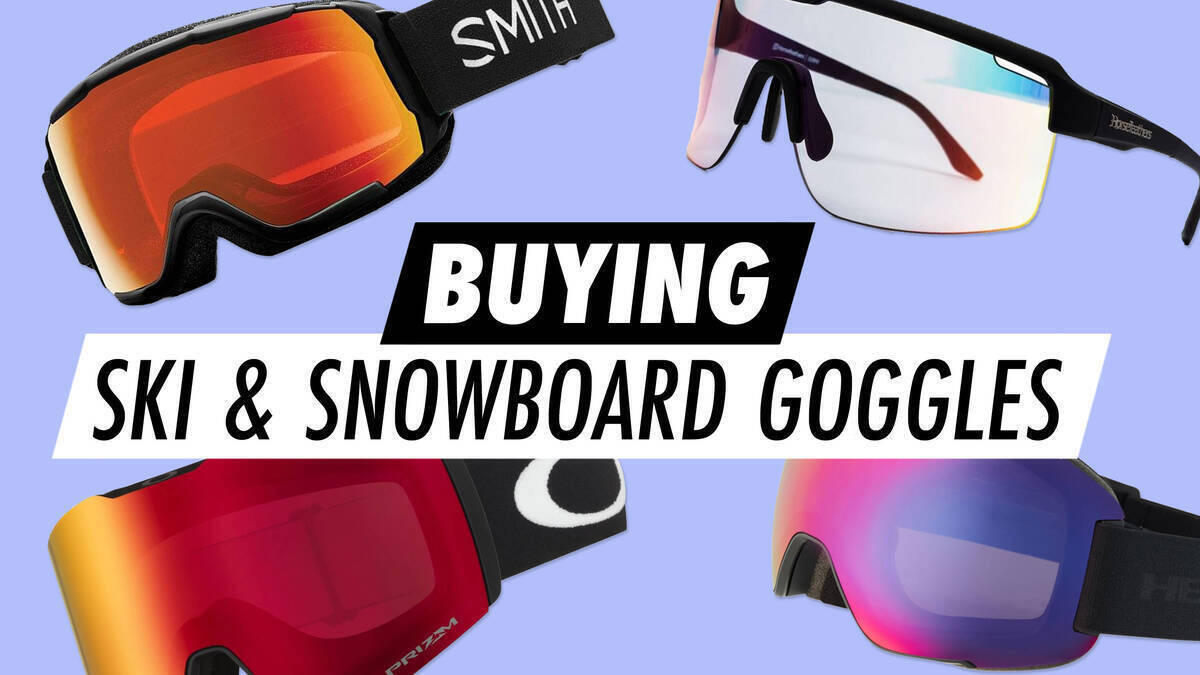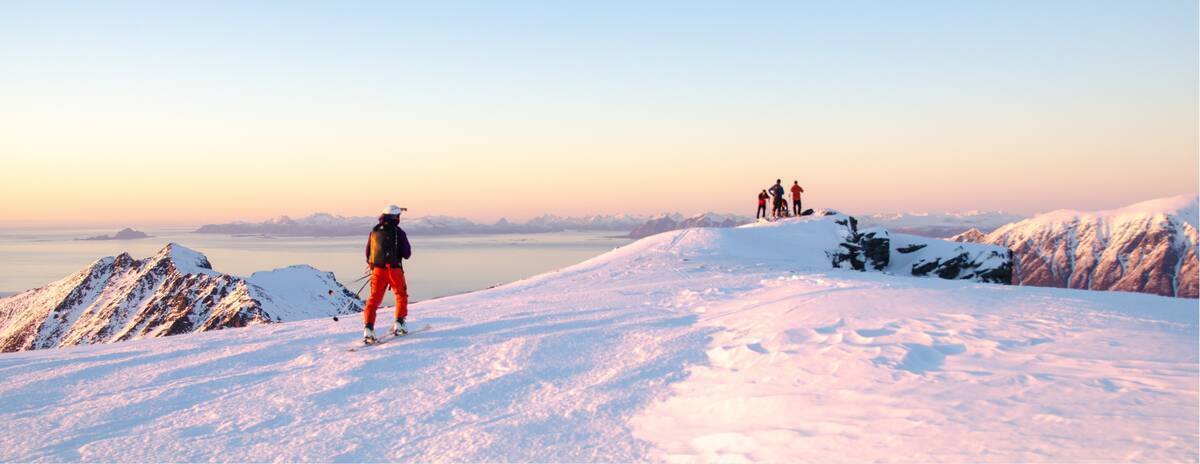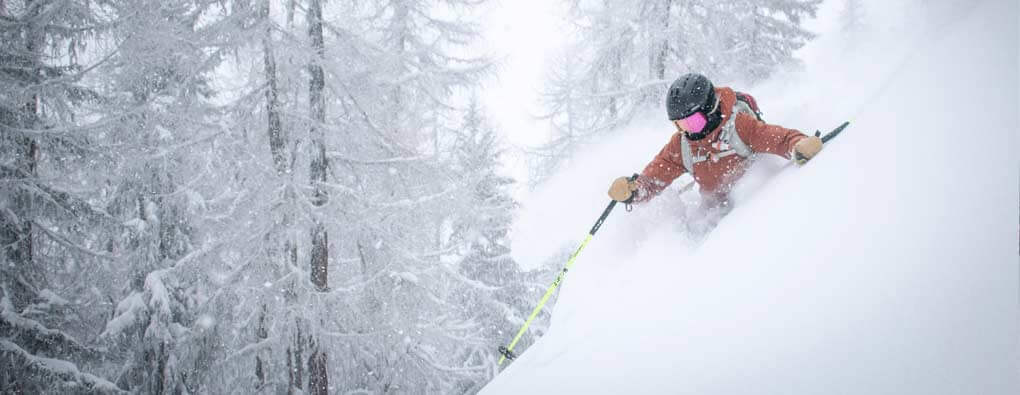Selecting the Perfect Ski Goggles

Picking suitable ski goggles is crucial for ensuring safety, comfort, and enjoyment on the slopes. Whether you are skiing or snowboarding, goggles are indispensable for shielding your eyes from wind, snow, and harmful UV rays.
The most vital factors in choosing ski goggles encompass:
- Visible Light Transmission (VLT)
- Size of ski goggles
This guide will provide all the advice required to make the best choice of snow goggles for your needs.
Overview
Understanding VLT (Visible Light Transmission)

You may have encountered the term 'VLT' while looking into goggles, but what exactly does it signify? VLT, or Visible Light Transmission, indicates the amount of light, expressed as a percentage, that the lens allows to pass through. Simply put, VLT is a pivotal consideration when selecting ski goggles as it influences your vision in various lighting conditions.
- High VLT (50-90%): These lenses permit more light entry, making them ideal for low-light conditions such as cloudy days or night skiing.
- Medium VLT (20-50%): Suitable for mixed or varying conditions.
- Low VLT (5-20%): Optimal for bright, sunny days as they block most light and reduce glare.
For a handy reference, use our ski goggles VLT chart to select the most appropriate goggle lenses for your requirements.

Determining the Ideal Goggle Size

Ensuring a snug, comfortable fit is essential for ski goggles and snowboard goggles. Poorly fitting goggles can let snow in or cause fogging, spoiling your experience on the slopes. Selecting the correct goggle size involves aligning the frame size to your face dimensions. Here are some guidelines to get you started:
- Small: Suited for children, teenagers, or adults with smaller faces.
- Medium: Fits most individuals.
- Large: Geared towards those with larger faces or those preferring bigger frames for an expansive field of vision.
Goggle Size and Fit Essentials
Opt for goggles with sufficiently large lenses to avoid viewing their edges. If your vision feels limited, the goggles might be undersized. For an optimal experience, select lenses that offer a broad view of your surroundings, covering your peripheral vision as well.
Ski goggles with large spherical lenses generally provide a wide, unobstructed field of view, making it easy to take in the slopes.
OTG - Over the Glasses Option
OTG snow goggles cater to those who wear prescription glasses, offering a comfortable and seamless skiing experience. They feature a large frame and special foam cutouts, allowing your prescription glasses to fit comfortably beneath. With OTG snow goggles, you can ski without concerns about vision or fit.
Colour Choices for Ski Goggle Lenses
Various lens colours fulfil different functions. While the VLT figure is the simplest way to ensure you get the right lenses, the colour of the lens and/or its reflectivity also indicates suitability. Below is a quick guide on ski goggle lens colours:
- Yellow/Gold/Amber: These hues enhance contrast and are superb for overcast or flat light conditions, making them among the best options for cloudy weather.
- Rose/Pink: Excellent for enhancing depth perception in low-light and cloudy situations, ideal for mixed conditions.
- Dark Tints (Black/Brown/Grey): Optimal for bright, sunny conditions as they reduce glare and eye strain.
- Mirrored/Reflective Coatings: These lenses excel in high-intensity sunlight, making them a preferred choice for sunny, cloudless days.
Bear in mind, many modern goggles come with interchangeable lenses, allowing you to adapt based on the day's weather conditions.
Anti-Fog Innovations
Do not let fogged-up lenses spoil your valuable time on the slopes. Contemporary ski goggles feature sophisticated anti-fog technology to effectively tackle this issue. Key attributes to consider include:
- Anti-fog coating: Numerous goggles are equipped with a special coating inside the lens to minimise condensation and prevent fog formation.
- Double-layered lenses: Dual-layer lenses establish a thermal barrier, reducing fogging by maintaining more consistent temperature levels.
- Ventilation systems: Goggles with strategically placed vents enhance airflow and help keep lenses clear in various environments.
To maximise the effectiveness of anti-fog features, refrain from touching or wiping the inside of the lens, as this could harm the coating. Pairing your goggles with a compatible helmet can further improve airflow and minimise fogging issues.
Maintaining Your Goggles
Proper care extends the lifespan of your goggles and ensures optimal performance on every trip. Here are some crucial tips for cleaning, scratch prevention, and storage:
- Cleaning your ski goggles: Utilise a soft, microfiber cloth for cleaning your lenses. Avoid using paper towels or similar materials as they may cause scratches. Do not wipe the interior of your goggles, as this can damage the delicate anti-fog coating. If the interior becomes wet, wait for it to dry if feasible—if necessary, gently dab with a clean microfiber cloth.
- Avoiding scratches: Handle your goggles by the frame, rather than the lens, and never place them lens-side down on hard surfaces. Use a protective goggle cover when not in use.
- Storage on the slopes: During breaks, store your goggles with their cover on or in a microfiber cloth bag.
- Off-Season Storage: After the season, thoroughly clean your goggles and store them in a hard case to safeguard against dust and damage. Keep them in a cool, dry location away from direct sunlight, which can degrade materials over time.
By following these care recommendations, your goggles will remain clear, free from scratches, and ready for action, ensuring you receive the greatest value from your investment.
